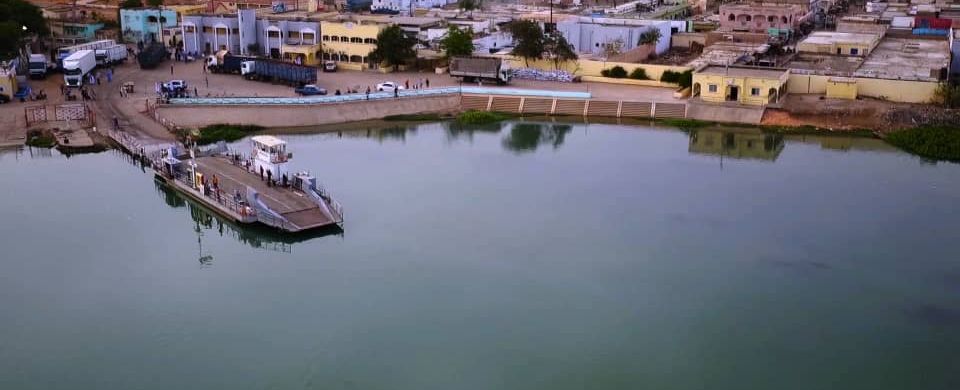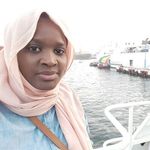

Mauritania is located in West Africa’s Sahel area. It is considered as a country of transit and destination for migrants, particularly those from the sub-Saharan region. Indeed, the Islamic Republic has a 463-km border with Morocco, which makes it a link between the Maghreb and sub-Saharan Africa. Because of its geographical position, the nation is the crossroads for many migrants from countries like Senegal, Mali, Guinea, Guinea-Bissau, The Gambia, and those coming from as far away as Niger, Ghana, Sierra Leone, Côte d’Ivoire, and Burkina Faso.
In search of a better life
Mauritania is a real hub for migrants. Towns like Rosso, Sélibabi, Nema, or Kaédi are the main tributaries.
Thanks to Mauritania’s very dynamic economy (trade, agriculture), several towns receive international migrants. According to the International Organisation for Migration (IOM), “the lack of economic opportunities in the country of original residence is the main cause of migration for four out of five migrants (80%).”
In its Migration Survey in Sélibabi conducted in March 2022, it is stated that “many migrants leave their countries of origin in search of better socio-economic prospects, including job opportunities, higher income, better living conditions, etc. The second reason given by migrants is family reunification (13%).”
It has been also noted that “4% of migrants gave a promised job or a job offer as the main reason for migration.” The same survey report reveals that migrants very often have family and community networks that provide them with key information on the host country’s labour market, helping them to get a job or promise of a job even before they leave their countries of origin.
In this context, the IOM and the National Agency for Statistics and Demographic and Economic Analysis (ANSADE) of Mauritania conducted a survey in Nouakchott from 26 March to 8 April 2021. This was the 2nd activity of its kind in Nouakchott (the 1st study was conducted in July 2019). The objective was to provide a more complete and detailed picture of the migration phenomenon in the capital by focusing on the number, profiles, and needs of migrants in Nouakchott. Senegal (43%) and Mali (33%) are the main countries of origin for West African migrants living in Nouakchott. This may be due to the fact that these are two neighbouring countries to Mauritania. Guinea is the country of origin for 13% of migrants in Nouakchott.
Family stopover
The analysis of the results shows that the majority of both male and female migrants are married, 76% and 58% respectively. However, there are more single men than single women. This supports the assumption that single men have more freedom to migrate than single women. This is due to a strong cultural and/or traditional norm that dictates these stereotypical behaviours.
Concerning the housing status, it emerges from the survey results that in Nouakchott, almost nine out of ten migrants (89%) live in rented houses and 9% benefit from free accommodation, for example from the family, friends, and other people. Two percent of migrants own their houses.
In short, the majority of migrants contend that the host community’s relatively good hospitality contributes to their integration.




